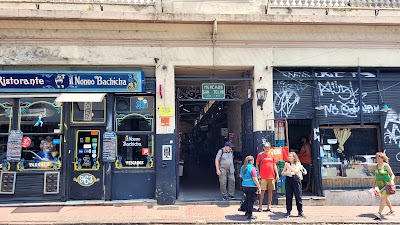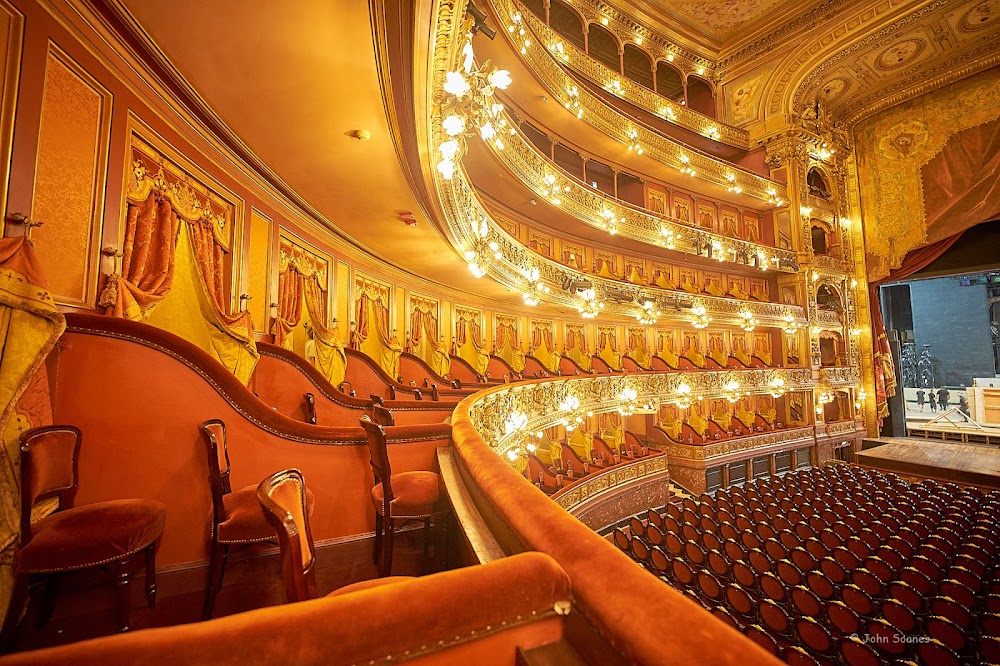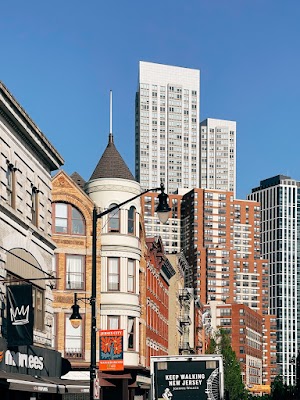Caminito (Caminito)
Overview
Caminito is a colorful street museum and a traditional alley nestled in the vibrant La Boca neighborhood of Buenos Aires, Argentina. This picturesque area is renowned for its brightly colored buildings, lively tango music, and rich cultural history, making it a must-visit for anyone exploring the city.
During the late 19th and early 20th centuries, La Boca became a hub for Italian immigrants, particularly those from Genoa. These newcomers brought with them a passion for vibrant colors and a sense of community. They ingeniously constructed their homes using salvaged materials from nearby shipyards, like metal sheets and wood, and painted them with leftover paint from ships. This practical approach evolved into a cultural tradition, giving La Boca its distinctive and colorful character.
The name Caminito translates to "little walkway" in Spanish and originally referred to a small creek that flowed into the Riachuelo River. As urban development progressed, this creek was filled in, transforming it into a narrow alley. By the 1950s, however, the alley fell into disrepair, becoming nearly abandoned.
A remarkable transformation began when local artists and residents sought to revitalize Caminito. Among them was Benito Quinquela Martín, a celebrated Argentine painter known for his depictions of working-class life in La Boca. Quinquela Martín championed the preservation of Caminito and led efforts to turn it into a street museum celebrating the area’s history and culture. Collaborating with fellow artists, they breathed new life into the alley, creating an open-air gallery filled with art and history.
Today, the buildings along Caminito are painted in vivid shades of red, yellow, blue, green, and purple, creating a lively atmosphere that draws both tourists and locals. The street features an array of art installations, murals, and sculptures that pay tribute to the neighborhood's heritage and working-class roots. One of the most iconic pieces is a statue of a tango dancer, symbolizing the music and dance that are central to Buenos Aires’ cultural identity.
Caminito has evolved into a popular tourist destination where visitors can leisurely stroll along the colorful alley, admire the artistic displays, and delve into the history of La Boca. The street often comes alive with tango dancers performing impromptu shows, offering a delightful glimpse into the dance that Buenos Aires is famous for. Additionally, the area is brimming with souvenir shops, cafes, and restaurants where you can savor authentic Argentine cuisine and warm hospitality.
The preservation and revitalization of Caminito not only rejuvenated La Boca but also underscored the cultural significance of the neighborhood. It stands as a testament to the creativity and resilience of the community, celebrating both the rich history and the vibrant present of Buenos Aires. Whether you’re an art enthusiast, a history buff, or simply looking for a colorful experience, Caminito promises to enchant and inspire.









